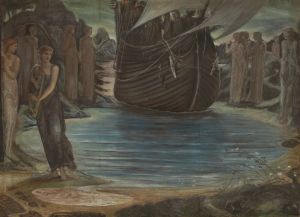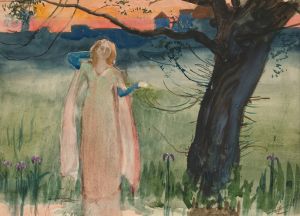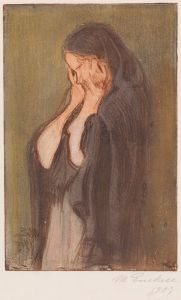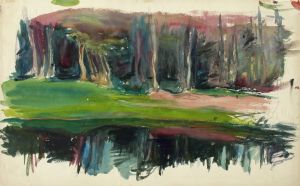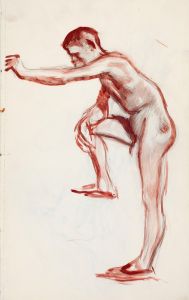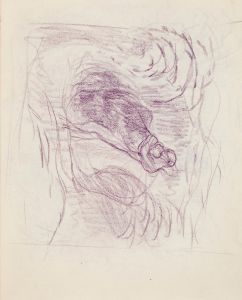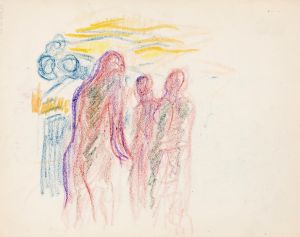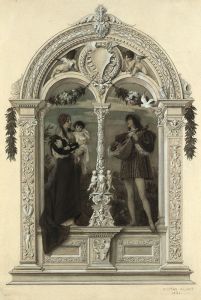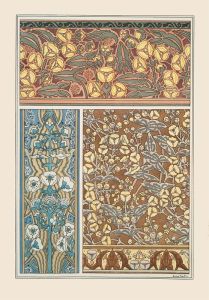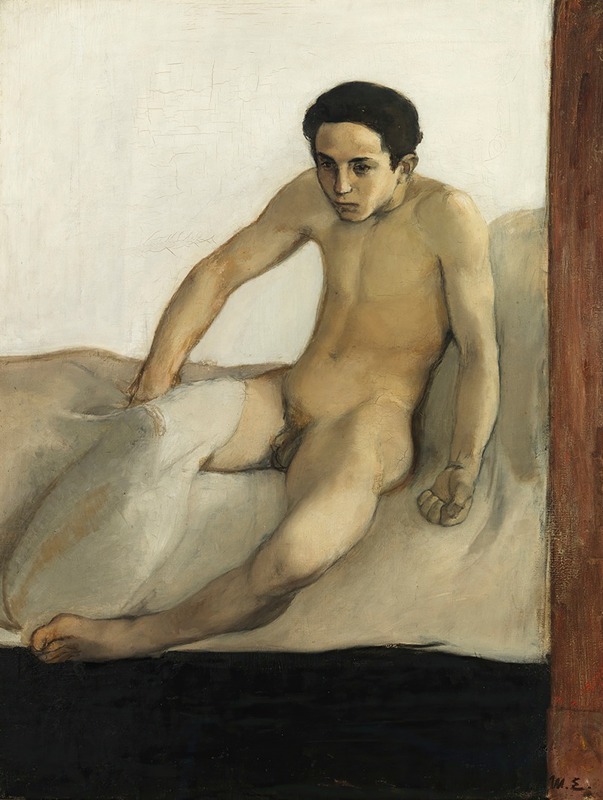
The Awakening
A hand-painted replica of Magnus Enckell’s masterpiece The Awakening, meticulously crafted by professional artists to capture the true essence of the original. Each piece is created with museum-quality canvas and rare mineral pigments, carefully painted by experienced artists with delicate brushstrokes and rich, layered colors to perfectly recreate the texture of the original artwork. Unlike machine-printed reproductions, this hand-painted version brings the painting to life, infused with the artist’s emotions and skill in every stroke. Whether for personal collection or home decoration, it instantly elevates the artistic atmosphere of any space.
Magnus Enckell's "The Awakening" is a significant work within the context of Finnish art and the broader Symbolist movement of the late 19th and early 20th centuries. Enckell, born in 1870 in Hamina, Finland, was a prominent figure in Finnish art, known for his contributions to Symbolism and his role in the transition towards Modernism in Finnish painting.
"The Awakening," painted in 1894, is one of Enckell's most notable works. It exemplifies his early Symbolist style, characterized by a focus on themes of introspection, spirituality, and the exploration of the human psyche. This period of Enckell's career was marked by a subdued color palette and a contemplative mood, which are evident in "The Awakening."
The painting depicts a young male figure, often interpreted as a representation of the artist himself or a symbolic everyman, in a state of repose or contemplation. The figure's nudity is typical of Enckell's work during this period, reflecting his interest in the purity and vulnerability of the human form. The composition is simple yet profound, with the figure set against a minimalistic background that emphasizes the theme of awakening or enlightenment.
Enckell's use of light and shadow in "The Awakening" is particularly noteworthy. The soft, diffused lighting creates a dreamlike atmosphere, enhancing the painting's introspective quality. This technique reflects the influence of Symbolism, which often sought to convey deeper truths and emotions through mood and tone rather than detailed realism.
"The Awakening" can also be seen as a reflection of Enckell's personal journey and the broader cultural shifts occurring in Finland at the time. The late 19th century was a period of national awakening in Finland, with a growing movement towards cultural and political independence from Russia. Enckell and his contemporaries were part of a generation of artists and intellectuals who sought to define a distinct Finnish identity through art and literature.
In addition to its cultural significance, "The Awakening" is an important work in the study of Enckell's artistic development. It marks a transition from his earlier, more academic style to a more personal and expressive approach. This evolution would continue throughout his career, as he later embraced brighter colors and more dynamic compositions, influenced by movements such as Post-Impressionism and Fauvism.
Magnus Enckell's "The Awakening" remains an enduring piece of Finnish art history, celebrated for its emotional depth and its role in the Symbolist movement. It is housed in the Ateneum Art Museum in Helsinki, where it continues to be appreciated by art enthusiasts and scholars alike. The painting not only highlights Enckell's skill as an artist but also serves as a window into the cultural and artistic transformations of his time.






